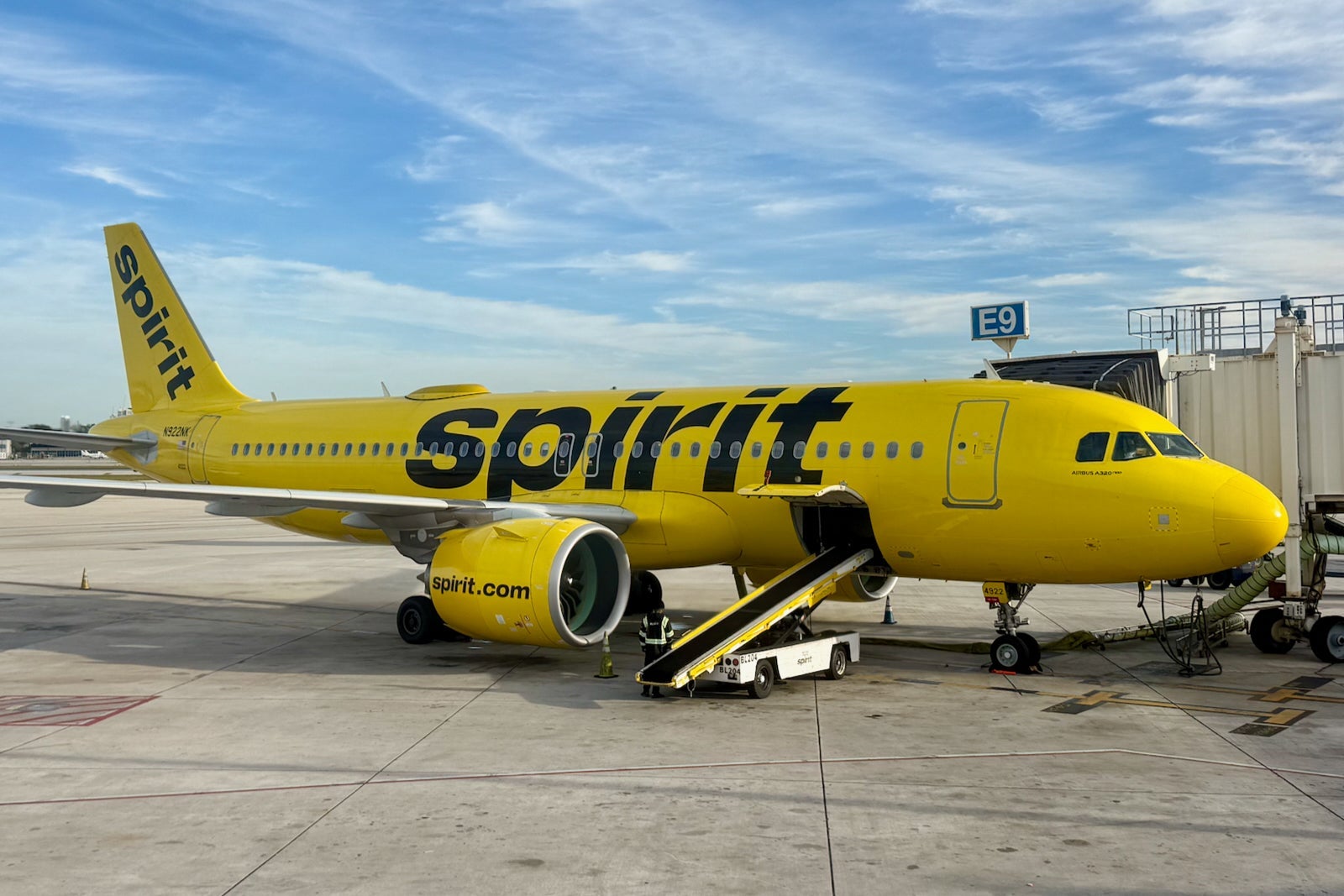Spirit Airlines Faces Major Restructuring Amid Financial Crisis
Understanding Spirit Airlines' Bankruptcy Strategy
Based in Dania Beach, Florida, Spirit Airlines has long been a symbol of affordable air travel in the U.S. However, recent financial challenges have pushed the carrier to make tough choices. By cutting its fleet in half, Spirit aims to streamline operations and reduce overhead costs, a necessary step under the supervision of a bankruptcy court.

Focus on Cost-Effective Operations
Spirit Airlines' decision to reject leases on 87 aircraft is a stark reminder of the industry's volatile nature. The commitment to fiscal prudence, underpinned by cutting unnecessary expenditure, aligns with broader trends observed in the aviation sector globally. Industry experts suggest this restructuring might be vital for Spirit’s long-term survival, though it comes at the cost of reduced fleet capacity.
"In the middle of difficulty lies opportunity." – Albert Einstein
Impact on Airbus A320neo Fleet
Significantly, the entirety of the Airbus A320neo fleet will be retired as part of this overhaul. While newer, fuel-efficient models like the A320neo are typically more desirable in terms of operating costs, the current financial reality necessitates immediate, drastic actions. The removal of these aircraft, although counterintuitive, forms part of a broader strategic effort to stabilize finances.
What This Means for Travelers
The implications for Spirit Airlines’ passengers are naturally a concern. Despite reduced capacity leading to fewer flight options, the airline reassures its commitment to competitive pricing. Enthusiasts of low-cost travel are watching closely, wondering if this will prompt a shift in their service model or affect routes they heavily rely on.
- Potential changes in flight schedules
- Reduced route availability
- Commitment to maintaining low-cost tickets
Industry Reactions and Analysis
The announcement has sparked varied reactions across the aviation industry. While some advocate this as an essential cost-cutting measure, others worry about the ripple effects on budget travel accessibility. This decision places Spirit Airlines in the company of several other airlines that face similar predicaments.
Analysts compare this strategic pivot with other airlines who have embraced aggressive downsizing to regain financial health. However, it remains to be seen how this will affect Spirit's market position amid a competitive industry landscape.
For those interested in the broader financial landscape and specific influences affecting Spirit Airlines’ decisions, further insights can be explored through professional finance analyses and databases.
Additional Considerations
While Spirit Airlines navigates these turbulent times, passengers might be interested in the potential fallouts on their air travel experience. For frequent flyers, this may be a call to stay informed about upcoming shifts in airline strategies and be prepared for possible changes in their travel habits.
Considering future developments, travelers can benefit from staying connected with airline updates through Spirit Airlines’ official website and associated mobile applications.
